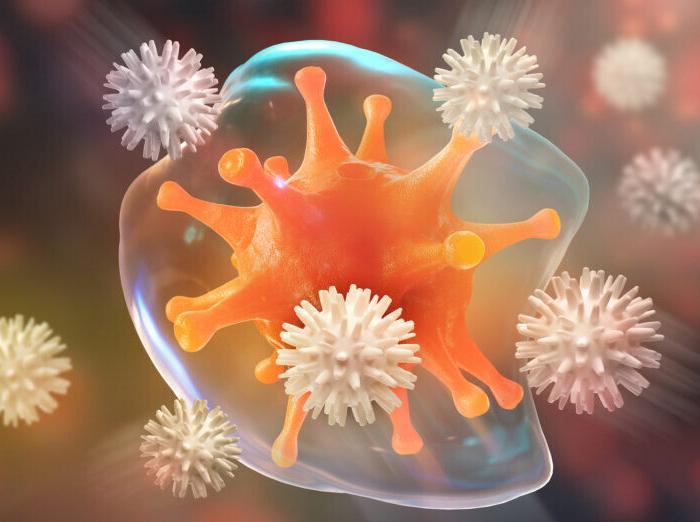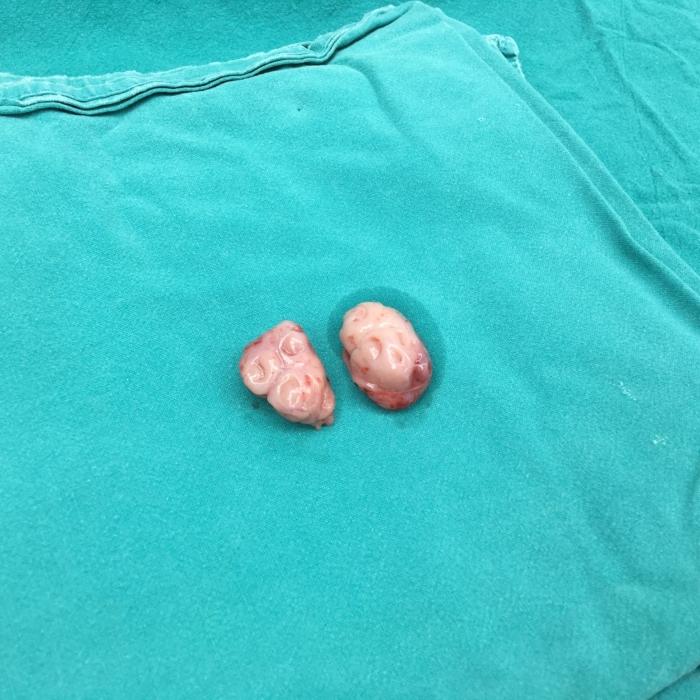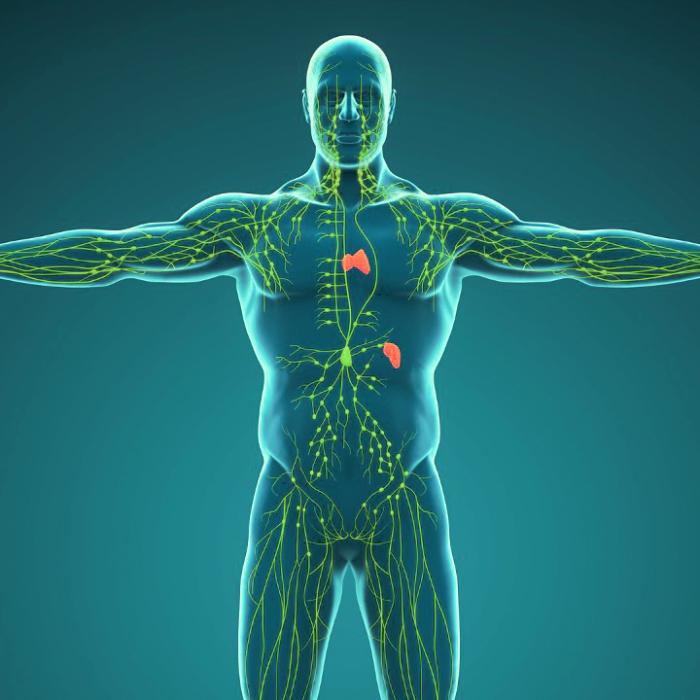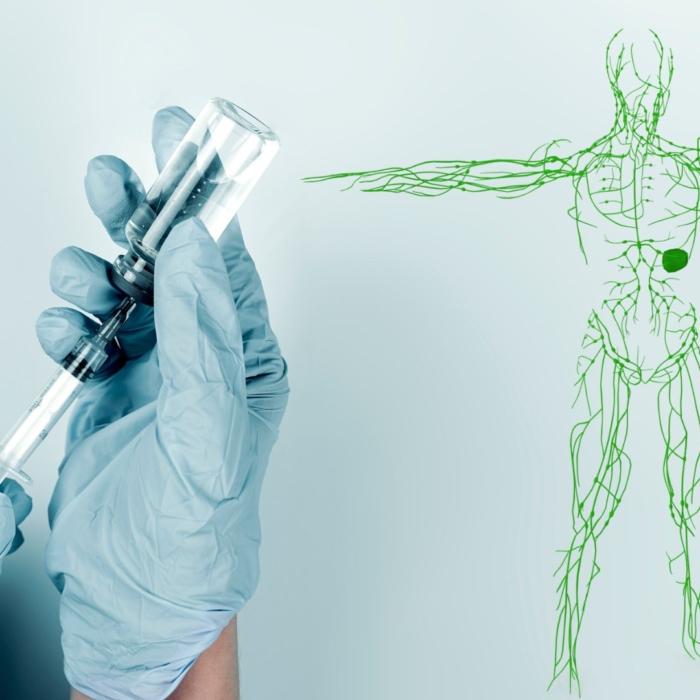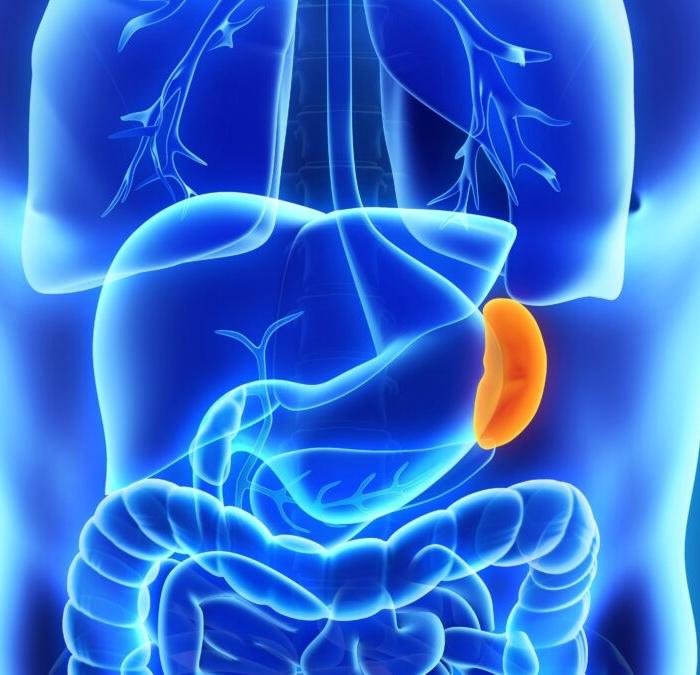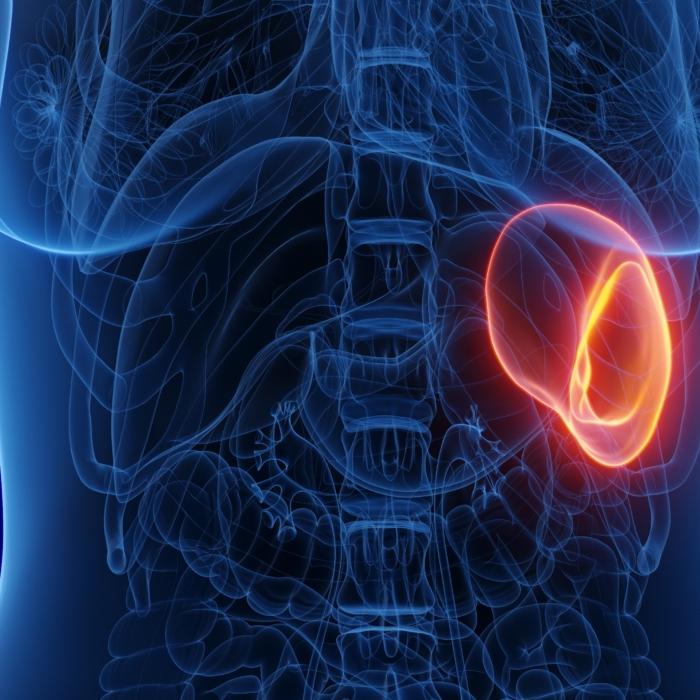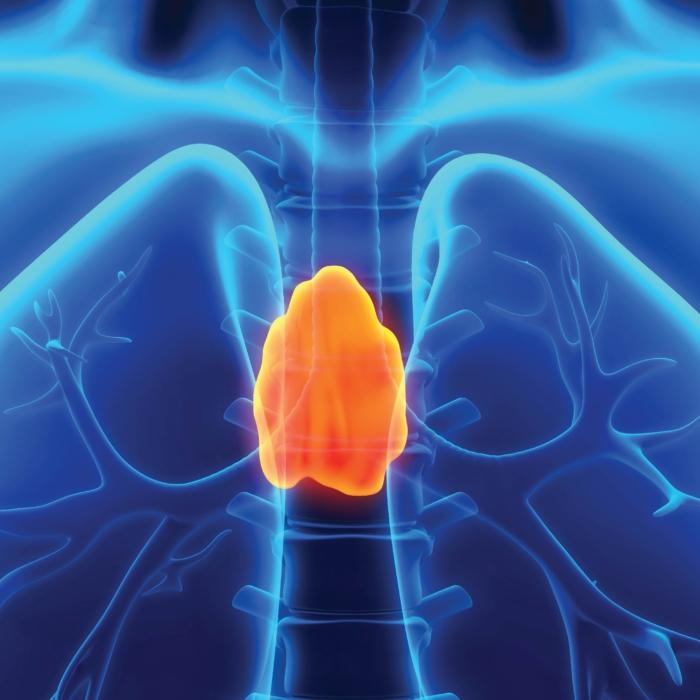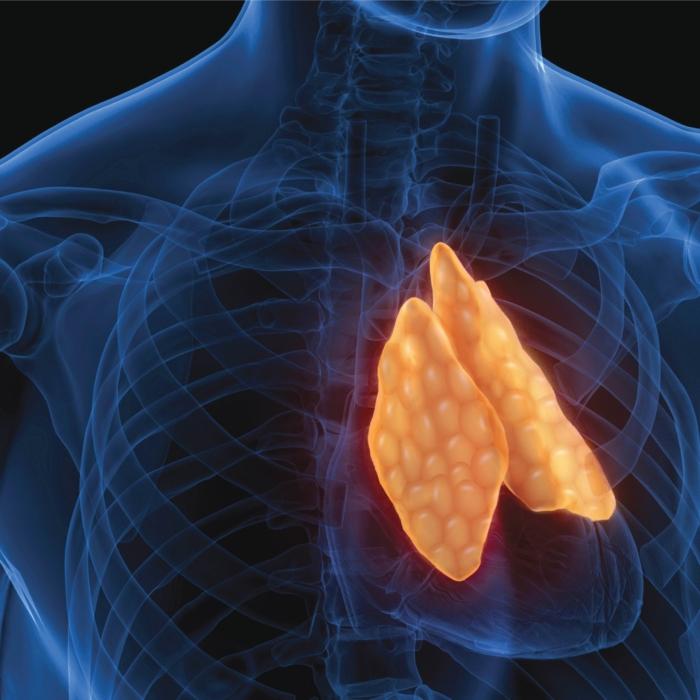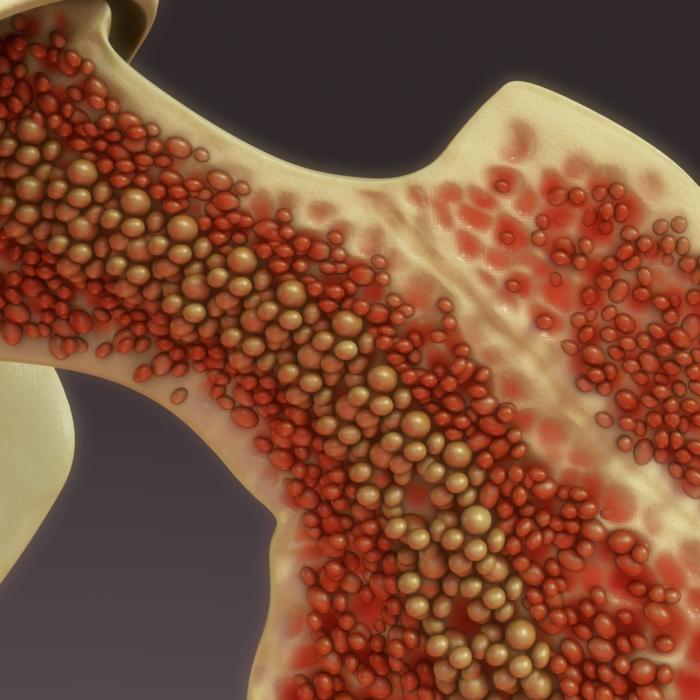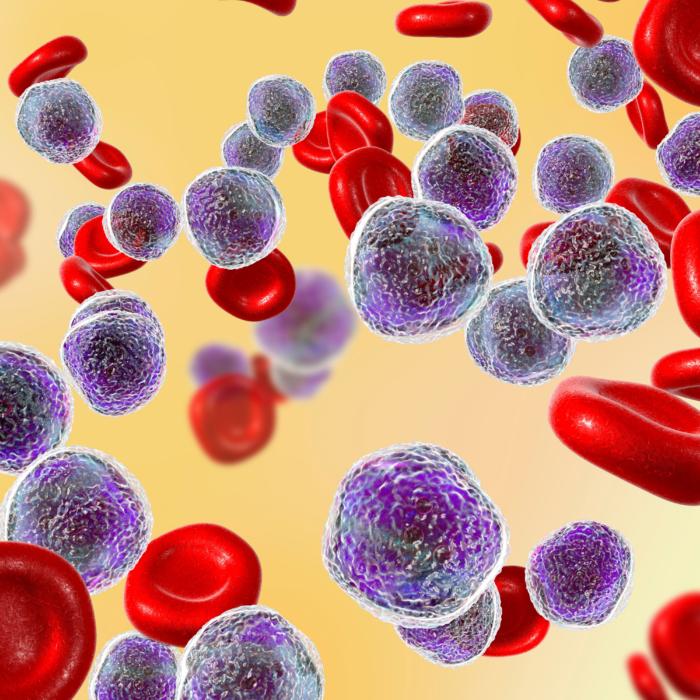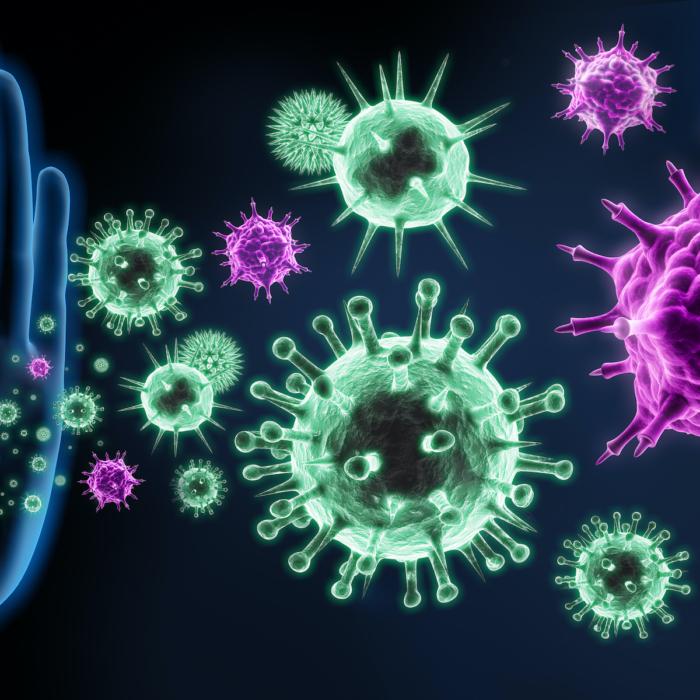Leukemia, one of the top 10 blood cancers in the United States, is an abnormality of bone marrow stem cells.
A Prevalent and Deadly Cancer
Nora Ephron, the famous director, screenwriter, and producer, delighted millions with romantic comedies such as “When Harry Met Sally ...,” “You’ve Got Mail,” and “Sleepless in Seattle.”Stem cells constantly divide in the bone marrow to replenish numerous blood cells. Many factors from the internal or external environment can lead to mutations of stem cells, causing them to grow abnormally and divide too rapidly. The resulting cancerous cells can outnumber the healthy cells in the blood.
Protect and Strengthen Bone Marrow Function
There are various factors associated with increased risk of different subtypes of leukemia. Avoiding them and taking other measures helps maintain healthy bone marrow.Avoid Toxic Chemicals
Benzene exposure is a known risk factor for leukemia. Unfortunately, this chemical is used in abundance in products ranging from clothing to plastics. It’s added to so many other chemicals that it ends up as a frequent contaminant in cosmetic products.Avoid Electromagnetic Radiation
When a cell divides, cellular DNA needs to be duplicated and split. A group of Russian geneticists and linguists, led by Peter Garyaev, conducted scientific studies that demonstrated that DNA possesses a unique capability to attract photons to travel along the helical structure of the DNA molecule.This suggests DNA is not only a biological molecule but also an energy-carrying molecule.
Avoid Viral Infections
Certain viral infections, such as the human T-cell leukemia virus and Epstein-Barr virus, are associated with specific subtypes of acute lymphoblastic leukemia.Avoid a High-Fat Diet and Obesity
For a long time, bone marrow fat (BMF) was considered insignificant and was overlooked in its contribution to organism development and disease.However, recent research has shed light on the significant effects of BMF on health. Accumulation of BMF is now associated with conditions such as osteoporosis, Type 1 diabetes, Cushing’s disease, estrogen deficiency, anorexia nervosa, and bone metastasis in prostate and breast cancers.
Bone marrow is also an early and sensitive responder to changes in diet, particularly the fat content.
This is mediated by a particular subset of white blood cells, which are particularly inflammatory and aggressive. These cells migrate to adipose tissue, triggering inflammation before pro-inflammatory macrophages increase.
Bone marrow fat cells release substances that enhance the production of more fat cells, creating a self-perpetuating cycle of inflammation.
Take Vitamins, Minerals, and Antioxidants
When the bone marrow is healthy and has the necessary raw materials, such as iron, folate, and vitamin B12, it can respond quickly to increased demands.- Vitamin A is essential for the production and function of many types of cells in bone marrow and for supporting immunity.
- Vitamin B12 and folic acid are involved in DNA synthesis and repair and are critical for producing red blood cells in the bone marrow.
- Vitamin D and calcium work together to maintain the health of bones and teeth and support the function of bone marrow cells.
- Iron is required to produce hemoglobin, a component of red blood cells in the bone marrow.
- Zinc supports immune function, which is closely related to the process of cellular production in the bone marrow.
Get Regular Exercise
Unsurprisingly, exercise is one of the best ways to foster healthy bone marrow. Exercise can increase the number of bone marrow stem cells, increasing blood formation and tissue and organ rejuvenation.Control Stress
Chronic stress takes a toll on overall health. A study published in Nature Medicine revealed a fascinating connection among stress, bone marrow, and the risk of heart disease.The study found that psychosocial stress overstimulates bone marrow stem cells, which then produce excessive amounts of inflammatory cells such as neutrophils and monocytes. These cells flood the bloodstream and accumulate in the arteries, heightening the risk of heart attack or stroke.
Be Mindful and Positive
Because the mind and body are interconnected at the cellular, molecular, and energetic levels, being mindful can have a profound effect on health.
◇ References:
Chennamadhavuni, A., Lyengar, V., Mukkamalla, S. K. R., & Shimanovsky, A. (2023). Leukemia. In StatPearls. StatPearls Publishing. https://pubmed.ncbi.nlm.nih.gov/32809325/Andersen, B. L., Goyal, N. G., Weiss, D. M., Westbrook, T. D., Maddocks, K. J., Byrd, J. C., & Johnson, A. J. (2018). Cells, cytokines, chemokines, and cancer stress: A biobehavioral study of patients with chronic lymphocytic leukemia. Cancer, 124(15), 3240-3248. https://doi.org/10.1002/cncr.31538
Hall, J. A., Grainger, J. R., Spencer, S. P., & Belkaid, Y. (2011). The role of retinoic acid in tolerance and immunity. Immunity, 35(1), 13–22. https://doi.org/10.1016/j.immuni.2011.07.002
Stabler SP. Clinical practice. Vitamin B12 deficiency. N Engl J Med. 2013;368(2):149–60. https://doi.org/10.1056/NEJMcp1113996.
Bikle D. D. (2014). Vitamin D metabolism, mechanism of action, and clinical applications. Chemistry & biology, 21(3), 319–329. https://doi.org/10.1016/j.chembiol.2013.12.016
Aquino-Martínez, R., Artigas, N., Gámez, B., Rosa, J. L., & Ventura, F. (2017). Extracellular calcium promotes bone formation from bone marrow mesenchymal stem cells by amplifying the effects of BMP-2 on SMAD signaling. PloS one, 12(5), e0178158. https://doi.org/10.1371/journal.pone.0178158
National Academy of Sciences (US) and National Research Council (US) Division of Medical Sciences. Conference on Hemoglobin: 2–3 May 1957. Washington (DC): National Academies Press (US); 1958. THE ROLE OF IRON IN HEMOGLOBIN SYNTHESIS. Available from: https://www.ncbi.nlm.nih.gov/books/NBK224286/
Shankar, A. H., & Prasad, A. S. (1998). Zinc and immune function: the biological basis of altered resistance to infection. The American Journal of clinical nutrition, 68(2 Suppl), 447S–463S. https://doi.org/10.1093/ajcn/68.2.447S
Xian, L. , Lou, M. , Wu, X. , Yu, B. , Frassica, F. , Wan, M. , Pang, L. , Wen, C. , Tryggestad, E. , Wong, J. and Cao, X. (2012) Pretreatment with antioxidants prevent bone injury by improving bone marrow microenvironment for stem cells. Stem Cell Discovery, 2, 100-107. doi: 10.4236/scd.2012.23015.
Carlsen, M. H., Halvorsen, B. L., Holte, K., Bøhn, S. K., Dragland, S., Sampson, L., Willey, C., Senoo, H., Umezono, Y., Sanada, C., Barikmo, I., Berhe, N., Willett, W. C., Phillips, K. M., Jacobs, D. R., Jr, & Blomhoff, R. (2010). The total antioxidant content of more than 3100 foods, beverages, spices, herbs and supplements used worldwide. Nutrition journal, 9, 3. https://doi.org/10.1186/1475-2891-9-3
Marędziak, M., Śmieszek, A., Chrząstek, K., Basinska, K., & Marycz, K. (2015). Physical Activity Increases the Total Number of Bone-Marrow-Derived Mesenchymal Stem Cells, Enhances Their Osteogenic Potential, and Inhibits Their Adipogenic Properties. Stem cells international, 2015, 379093. https://doi.org/10.1155/2015/379093
Baker, J. M., De Lisio, M., & Parise, G. (2011). Endurance exercise training promotes medullary hematopoiesis. FASEB journal: official publication of the Federation of American Societies for Experimental Biology, 25(12), 4348–4357. https://doi.org/10.1096/fj.11-189043
Ng, DLC., Gan, GG., Anuar, N.A. et al. The effect of a single session of 30-min mindful breathing in reducing fatigue among patients with haematological cancer – a randomised controlled trial. BMC Palliat Care 20, 160 (2021). https://doi.org/10.1186/s12904-021-00855-7
P.P. Garyaev, 2009, “Linguistic-Wave Genome. Theory and practice”. Monograph. 218c. Publishing House: Kiev, Institute Of Quantum Genetics. ISBN 978-966-16-48-22-6. First English edition April 2016.. Edited by McCallum, Graham. First English ed. 2018. Translated by Bondarchuk, Oxana. First English ed. 2018.





